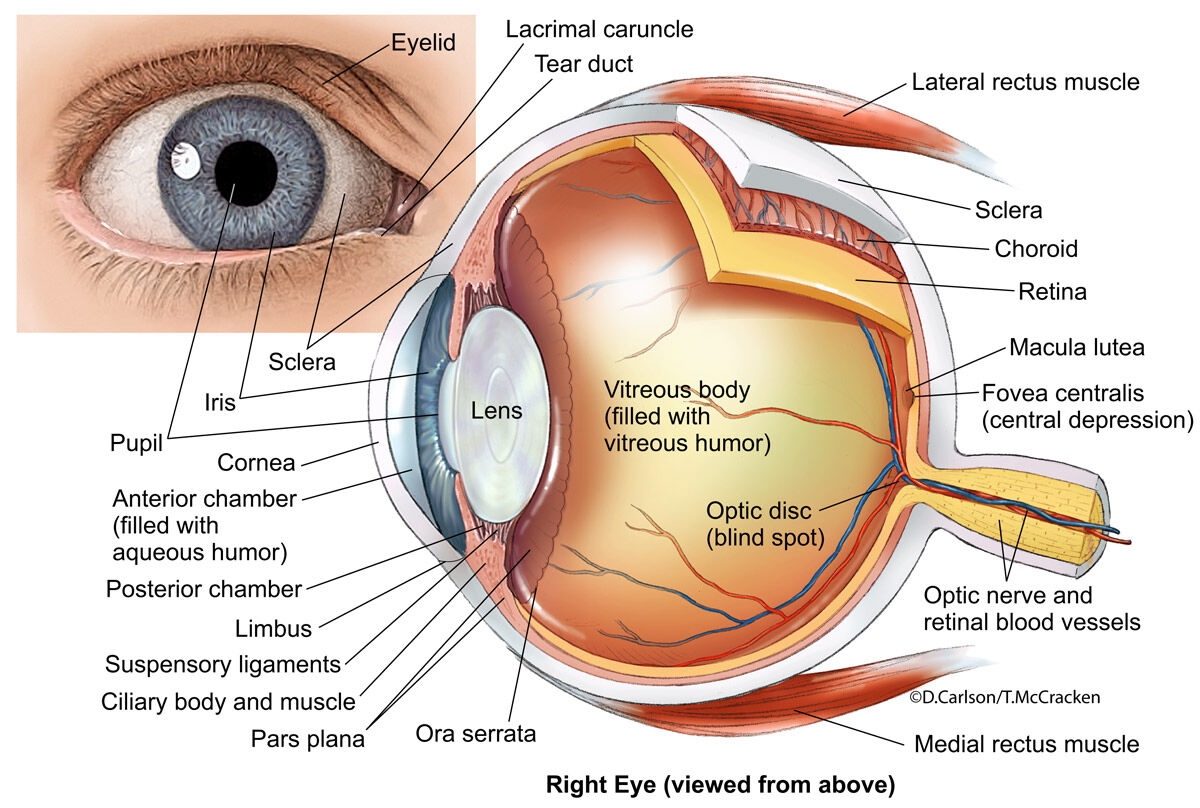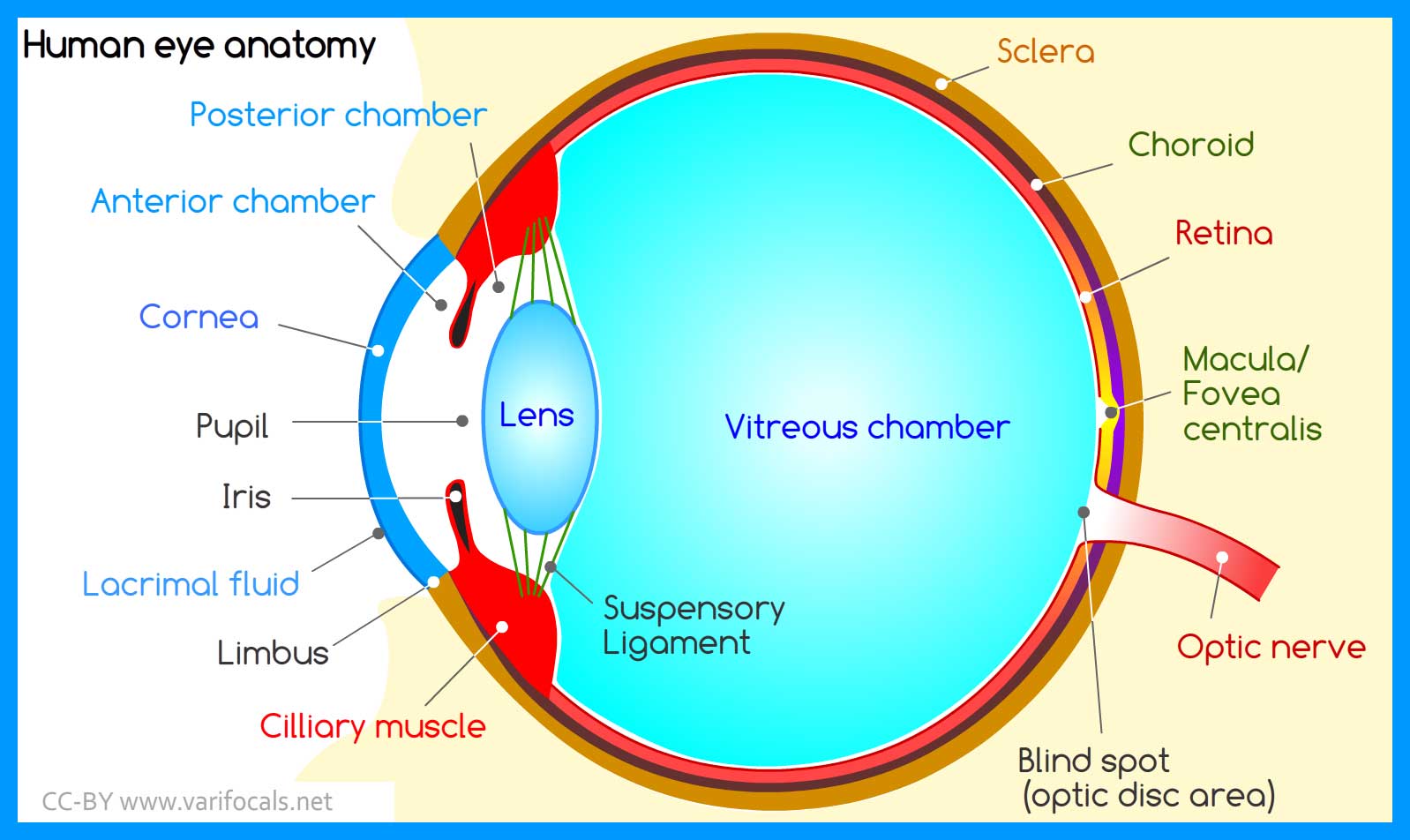

However, no studies using AS-OCT have reported on the conjunctival structure after long-term administration of anti-glaucoma eye drops. We previously demonstrated that AS-OCT images can detect conjunctival inflammatory responses and subconjunctival scarring after phacoemulsification and pars plana vitrectomy. Īnterior segment optical coherence tomography (AS-OCT) has facilitated the non-invasive imaging of conjunctival structures. These changes are deleterious because altered histology of conjunctival tissue was shown to be a risk factor for surgical failure in patients who underwent trabeculectomy. Although most anti-glaucoma eye drops do not cause severe systemic effects, some studies have demonstrated that long-term administration of anti-glaucoma eye drops induces histopathological and inflammatory changes in the conjunctival tissues. In most cases, long-term administration of anti-glaucoma eye drops is necessary for efficient IOP control. Most patients with glaucoma are treated with various anti-glaucoma eye drops to maintain IOP reduction. In the past decade, various anti-glaucoma eye drops have been developed, such as prostaglandin analogs, β-blockers, α-adrenergic-receptor agonists, carbonic anhydrase inhibitors (CAIs), Rho kinase inhibitors, and fixed combinations including β-blockers/CAIs and ß-blockers/prostaglandin analogs. Large clinical trials have revealed that reduction of intraocular pressure (IOP) in patients with glaucoma prevents the progression of glaucomatous optic neuropathy and visual field defects. Numerous anti-glaucoma eye drops and their long-term administration are associated with the disruption of the bulbar conjunctival borderlines detected by AS-OCT. Prostaglandin analogs and fixed combinations of β-blockers/prostaglandin analogs were prognostic factors for lower preservation rates of the borderlines between both the conjunctival stroma/Tenon’s capsule ( P < 0.001 and P = 0.009, respectively) and Tenon’s capsule/sclera ( P < 0.001 and P = 0.008, respectively). More anti-glaucoma eye drops and a longer duration of administration were associated with lower preservation rates of the borderlines between both the conjunctival stroma/Tenon’s capsule ( P < 0.001 and P < 0.001, respectively) and Tenon’s capsule/sclera ( P < 0.001 and P < 0.001, respectively). MethodsĪnterior segment optical coherence tomography (AS-OCT) images of the bulbar conjunctiva of 328 eyes were analyzed with and without anti-glaucoma eye drops to quantify the preservation rates of the conjunctival layer borderlines.


To determine the effect of various factors to the preservation rate of the conjunctival layer borderlines of glaucomatous eyes treated with anti-glaucoma eye drops.


 0 kommentar(er)
0 kommentar(er)
